Satoru Chûko
Nascimento : 1912-02-10, Chiba Prefecture, Japan
Morte : 1994-08-06

Production Design
A re-edited Italian-language dubbed version of Godzilla, using as a basis the U.S. version Godzilla, King of the Monsters! (1956), plus WWII newsreel footage and clips from other monster 1950's movies. The re-edited film was then colorized via a process called Spectrorama 70 consisting of applying various colored gels to the black and white footage. The film's opening and ending also features new music composed by musician Vince Tempera (under the pseudonym Magnetic System).

Art Direction
A re-edited Italian-language dubbed version of Godzilla, using as a basis the U.S. version Godzilla, King of the Monsters! (1956), plus WWII newsreel footage and clips from other monster 1950's movies. The re-edited film was then colorized via a process called Spectrorama 70 consisting of applying various colored gels to the black and white footage. The film's opening and ending also features new music composed by musician Vince Tempera (under the pseudonym Magnetic System).

Art Direction
Tells of the feelings and sufferings of a young girl with an incurable paralytic disease.

Production Design
A man is involved in a fatal car accident, and though he is blameless, his company transfers him to a remote branch in a small town. Before he leaves, he gives the man's widow a large sum of money that she uses to move back to her hometown.

Art Direction
When an only child is struck by a car and dies, the child's mother seeks vengeance against the driver in this thrilling drama. The car was driven by the wife of a company president who is having an affair. The woman's husband manages to buy silence about the incident, but the victim's mother discovers the identity of the driver. After she secures a job in the home of the company president and his philandering spouse, the woman plans to murder the couple's son when he reaches the age of her late son.

Production Design
Tashiro coincidentally meets his best friend Sugimoto in a bar very close to the apartment in which Sugimoto’s wayward wife is found dead. Although Tashiro is not a suspect in the police investigation, he is racked with guilt and confesses to his wife, Masako. In an effort to further relieve his tortured sense of guilt, he then confesses to Sugimoto. Neither his wife nor his friend can believe that he could have been involved.
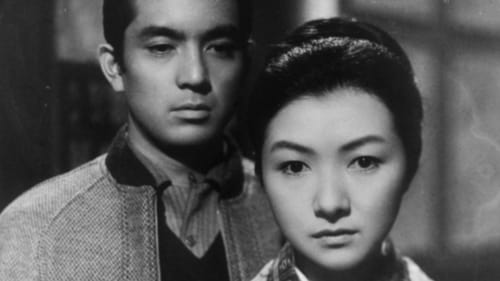
Production Design
Depois que um bombardeio destrói a loja da família e seu marido, Reiko reconstrói e administra a loja por amor, interrompida pela destruição.

Art Direction
A woman remember's her own marriage when dealing with the love life of her son.
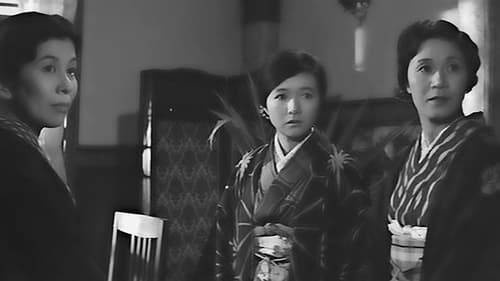
Production Design
Considered one of the finest late Naruses and a model of film biography, A Wanderer’s Notebook features remarkable performances by Hideko Takamine – Phillip Lopate calls it “probably her greatest performance” – and Kinuyo Tanaka as mother and daughter living from hand to mouth in Twenties Tokyo. Based on the life and career of Fumiko Hayashi, the novelist whose work Naruse adapted to the screen several times, A Wanderer’s Notebook traces her bitter struggle for literary recognition in the first half of the twentieth century – her affairs with feckless men, the jobs she took to survive (peddler, waitress, bar maid), and her arduous, often humiliating attempts to get published in a male-dominated culture.
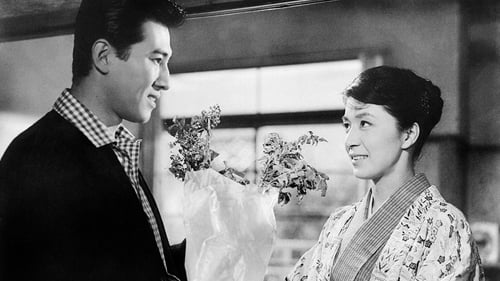
Art Direction
Drama about the lives of the five daughters and daughter-in-law of a store owner.

Art Direction
In "The Other Woman" the children of a distinguished professor find that the woman they have come to regard as their racy and slightly disreputable Ginza aunt is really their mother.

Production Design
The story is of two people. One is deaf, the other deaf and mute. They marry after meeting at a school reunion, and the film follows their trials and tribulations ... and joys.
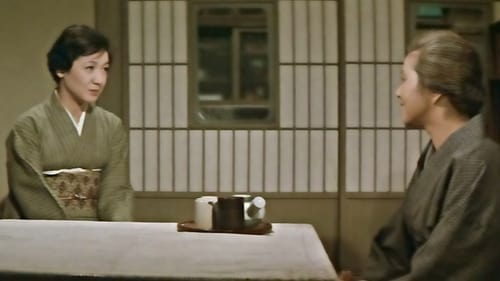
Production Design
Este filme apresenta uma grande e extensa família (e associados) ainda mais extensa do que aquela retratada por Ozu em "Fim do Verão". O personagem central é Setsuko Hara - uma mulher equilibrada de meia-idade, cujo marido rico (e prestigioso) morre no início do filme, deixando-a viúva, mais o produto de uma apólice de seguro de um milhão de ienes. Por não ter filhos, os seus sogros não poem objeções com o seu regresso a casa de família.

Art Direction
Story of young love in the hills.

Production Design
Mama, mais conhecida por Keiko, uma gueixa de meia-idade tem que decidir se aceita casar-se ou se abre um bar por conta própria. A família querendo dinheiro, os clientes querendo atenção, e ela está sempre endividada. A vida de uma gueixa é analisada, assim como o sistema que aprisiona, e por vezes mata, quem nele sobrevive. (e 12 - Estimado 12 Anos)
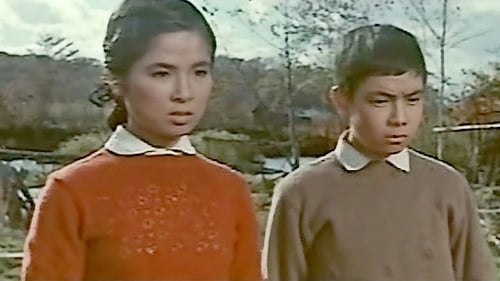
Production Design
The story is about the social problems faced by Japan's indigenous Ainu, mostly centered on the reactions of the characters to their oppressed state.

Production Design
A war widow with a young boy manages a farm with her bossy mother-in-law. When a reporter comes to interview her, the two begin an affair. He turns out to be married and won't leave his wife. Her older brother tries to marry off his children and hang on to/ extend his farm through an advantageous marriage in the face of threatened land confiscation and the desire of his children to get comfortable urban jobs instead of the backbreaking work in the paddy fields under parental control.

Production Design
Anzukko (Little Peach) is the daughter of a successful writer. She turns down each one of her suitors, until she marries a beginning writer named Ryokichi. Their life quickly sinks into despair.

Production Design
A woman struggles to raise her young son on her own in postwar Japan, finding companionship with a kind laborer while still hoping for the return of her missing husband.
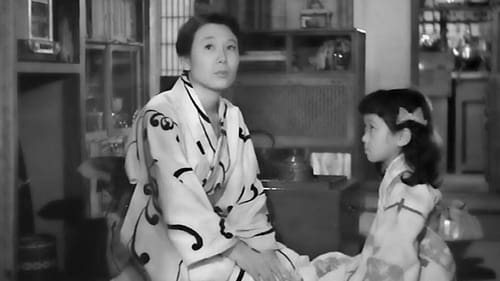
Production Design
Otsuta está dirigindo a casa de gueixas Tsuta em Tóquio. Seu negócio está fortemente endividado. Sua filha Katsuyo não vê nenhum futuro no negócio de sua mãe porque está terminando os dias da gueixa. Mas Otsuta não desistirá. Este filme retrata a vida diurna da gueixa quando não está entretendo os clientes.

Production Design
Kiyoko (Takamine Hideko) and her husband want to open a coffee shop. She becomes increasingly close to the bank clerk (Mifune Toshiro) she's asked for a loan.

Art Direction
Em 1956 o filme japonês "Gojira", primeiro filme do Godzilla, foi editado e re-lançado nos EUA. Mudanças na história incluem um novo personagem: o repórter Steve Martin, interpretado pelo ator canadense Raymond Burr, que virou protagonista e narrador da história, relatando a invasão do gigantesco monstro a Tóquio.

Production Design
Em 1956 o filme japonês "Gojira", primeiro filme do Godzilla, foi editado e re-lançado nos EUA. Mudanças na história incluem um novo personagem: o repórter Steve Martin, interpretado pelo ator canadense Raymond Burr, que virou protagonista e narrador da história, relatando a invasão do gigantesco monstro a Tóquio.
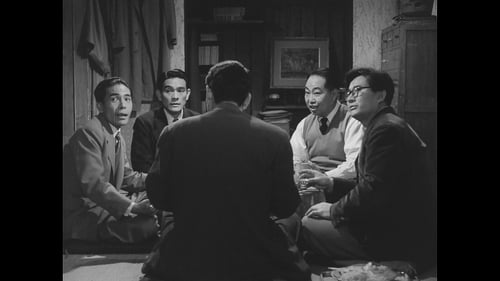
Art Direction
A husband and wife's pet peeves and minor irritations escalate into major rifts and animosity.

Art Direction
Portmanteau film about young lovers.
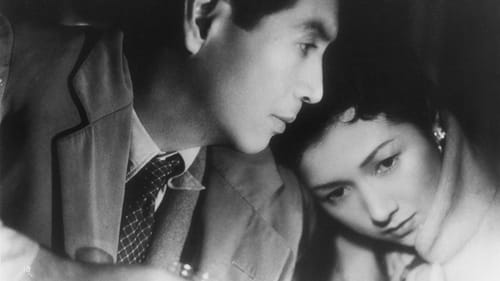
Production Design
A married Japanese forester during WWII is sent to Indochina to manage forests. He meets a young Japanese typist and promises to leave his wife. He doesn't and after the war, she turns up and the affair resumes.
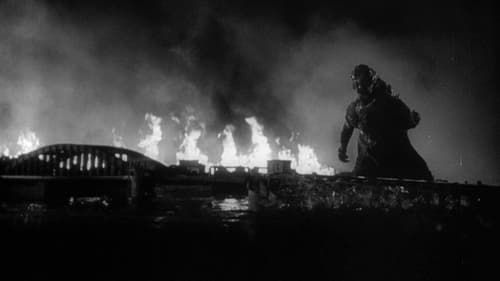
Art Direction
Um gigantesco réptil mutante surge em virtude de testes nucleares. A monstruosa criatura cria um rastro de destruição no seu caminho até Tóquio, que corre o risco de ser totalmente destruída se o monstro não for detido.

Production Design
Um gigantesco réptil mutante surge em virtude de testes nucleares. A monstruosa criatura cria um rastro de destruição no seu caminho até Tóquio, que corre o risco de ser totalmente destruída se o monstro não for detido.
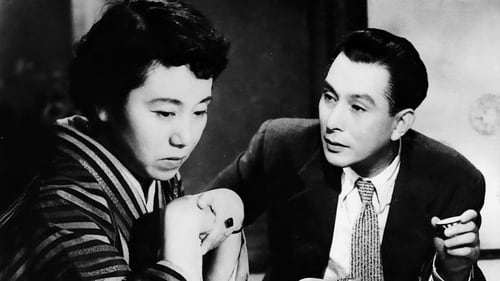
Production Design
Como é a vida de uma gueixa quando sua beleza desapareceu e ela se aposentou? Okin guardou seus ganhos e tornou-se agiota, passando os dias a cobrar friamente os juros das quantias que empresta. Mesmo suas melhores amigas, ex-gueixas como ela - Otomi, Tamae e Nobu, devem-lhe dinheiro. Para todas elas, o glamour de suas vidas já passou e agora o problema é garantir o sustento nos difíceis tempos do pós-guerra. Seus filhos e amantes não aliviam a dureza de suas vidas.
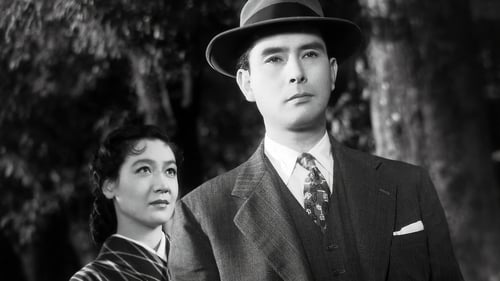
Production Design
Uma noiva insinuante desenvolve laços afetuosos com o sogro enquanto seu marido frio a desdenha por outra mulher.

Production Design
A family comprised of a man, woman and their only son is torn apart when the father, who is a doctor with his own clinic, is to go off to war. Soon the wife and the son are left without an update of his status and whether he is alive or not. With the clinic lying dormant the doctor's wife rents the premises to her husband's underling. This is a man who does not accept payment from the poor. The woman, in the meantime, works at a restaurant whose owner being ill has given her additional duties. Her younger sister is an unmarried finance writer who also lives with them. It is both sisters, however, who receive marriage proposals.
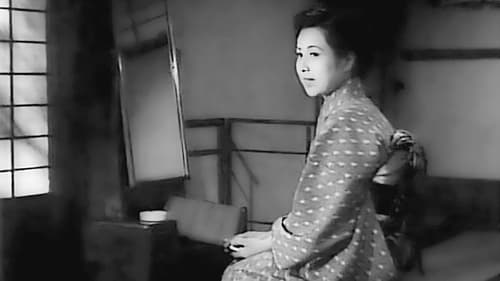
Production Design
Ten years into a marriage, the wife is disappointed by the husband's lack of financial success, meaning she has to work and can't treat herself and the husband finds the wife slovenly and mean-spirited: she neither cooks not cleans particularly well and is generally disagreeable. In turn, he alternately ignores her and treats her as a servant. Neither is particularly happy, not helped by their unsatisfactory lodgers. The husband is easily seduced by an ex-colleague, a widow with a small child who needs some security, and considers leaving his wife.

Art Direction
Jirocho the gambler hits the road.

Art Direction
The rise of the famed gambler.

Art Direction

Art Direction
Jidai-geki by Kiyoshi Saeki

Art Direction
A high-born woman named Okuni travels around the country with Gohei, a samurai retainer who is in service to her. They are in search of Tomonojo, who has killed the man who was Okuni’s husband and Gohei’s master, and they cannot return to their lord’s home until they have fulfilled their duty of hunting down and killing Tomonojo.

Art Direction
Michiyo lives in the small place Osaka and is not happy with her marriage, all she does is cook and clean for her husband.

Art Direction
The troubled relationship between a writer and his ballet teacher wife, who has for years loved another man, finally leads to the breakup of the family.

Art Direction
A Hibari Misora musical about an impoverished girl and her brother in Postwar Japan.

Art Direction
Jidai-geki about the life of Yasubei Nakayama, a famous ronin who did participate in the revenge against Lord Kira Yoshinaka as detailed in Japan's famous epic Chushingura

Director of Photography
Jidai-geki by Kiyoshi Saeki

Art Direction
Adaptation of a novel by Yojiro Ishizaka, originally released in two parts.

Art Direction
This little seen early work by Ichikawa was produced during the director's Shintoho period (1947-51). Written by Kaneto Shindô and featuring Ryô Ikebe as a young policeman it is part crime drama, part social study. Definitely not an undiscovered masterpiece, but still a must for Ichikawa buffs.

Art Direction
A film by Kiyoshi Saeki

Art Direction
Three humorous love stories set in rural Japan.

Art Direction
Police detective Heiji is assigned to catch the masked Maboroshi gang of robbers who have terrorized all of Edo leaving few clues as to who their leader is.
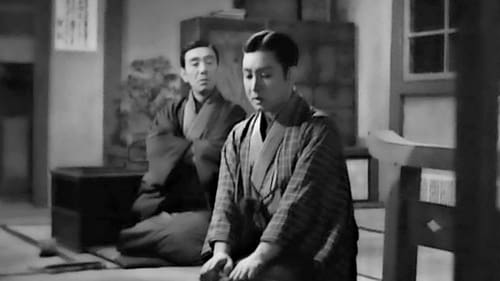
Production Design
The Way of Drama unfolds in the world of kabuki in Osaka, but also addresses the politics of popular culture and the rivalry between theatrical styles like those used by amateur actors to dramatise contemporary events.

Art Direction
A sixteen-year-old who had been living on her own since her mother died, frequently gets in trouble with the police. She gets sent to an "institute" for young girls in the countryside. There the residents grow their own food, cook and clean for themselves, and are taught language, music, and sewing. While there the young girl slowly begins to form friendships and come out of her shell.

Settings
A sentimental tale of the filial love between shogun Iemitsu (matinee idol Hasegawa) and his loyal old retainer Hikoza (comedian Roppa, playing somewhat against type).

Settings
Twenty-year-old Yoshiko (Setsuko Hara) and her younger sister Asako (Yōko Yaguchi) struggle to accept changes in their home during the preparations of their widowed father's wedding to his chosen bride, Maki Tsuneko (Sadako Sawamura), who's anxious about her conduct as the bride.
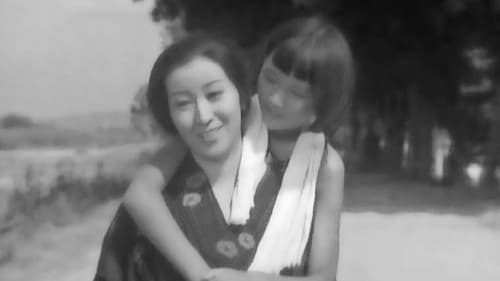
Production Design
Two young girls, Nobiko and Tomiko, go to the same school. The less fortunate girl Nobiko is one of the top students, while the rich girl Tomiko is not. At one time Tomiko's father was quite fond of Nobuko's mother.





































